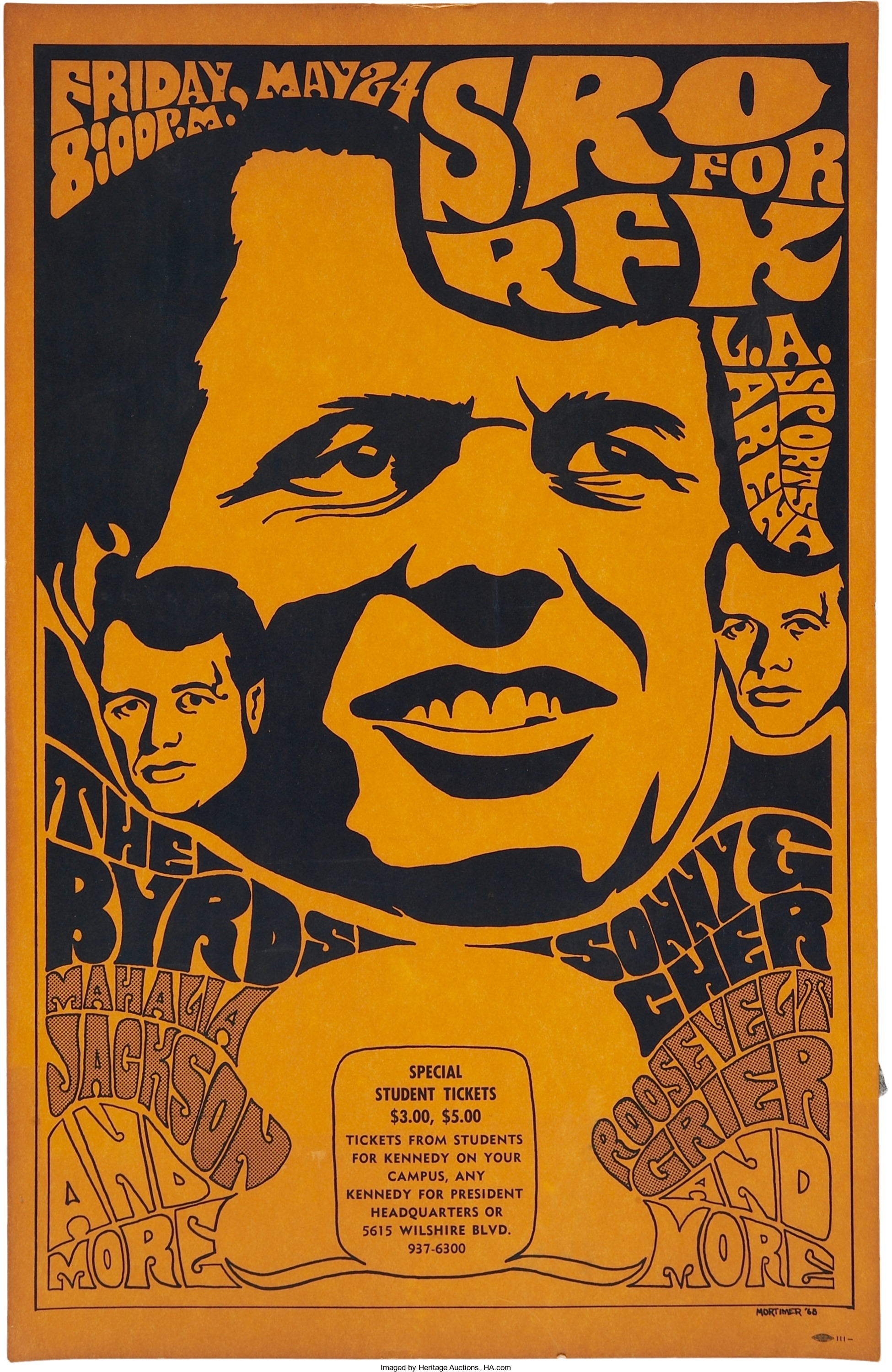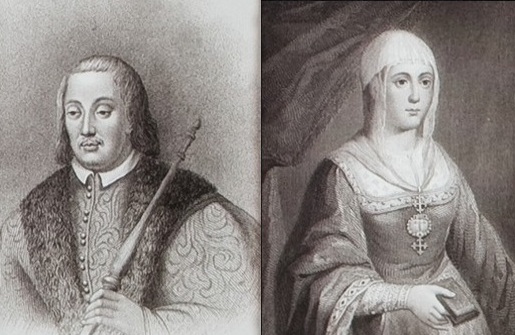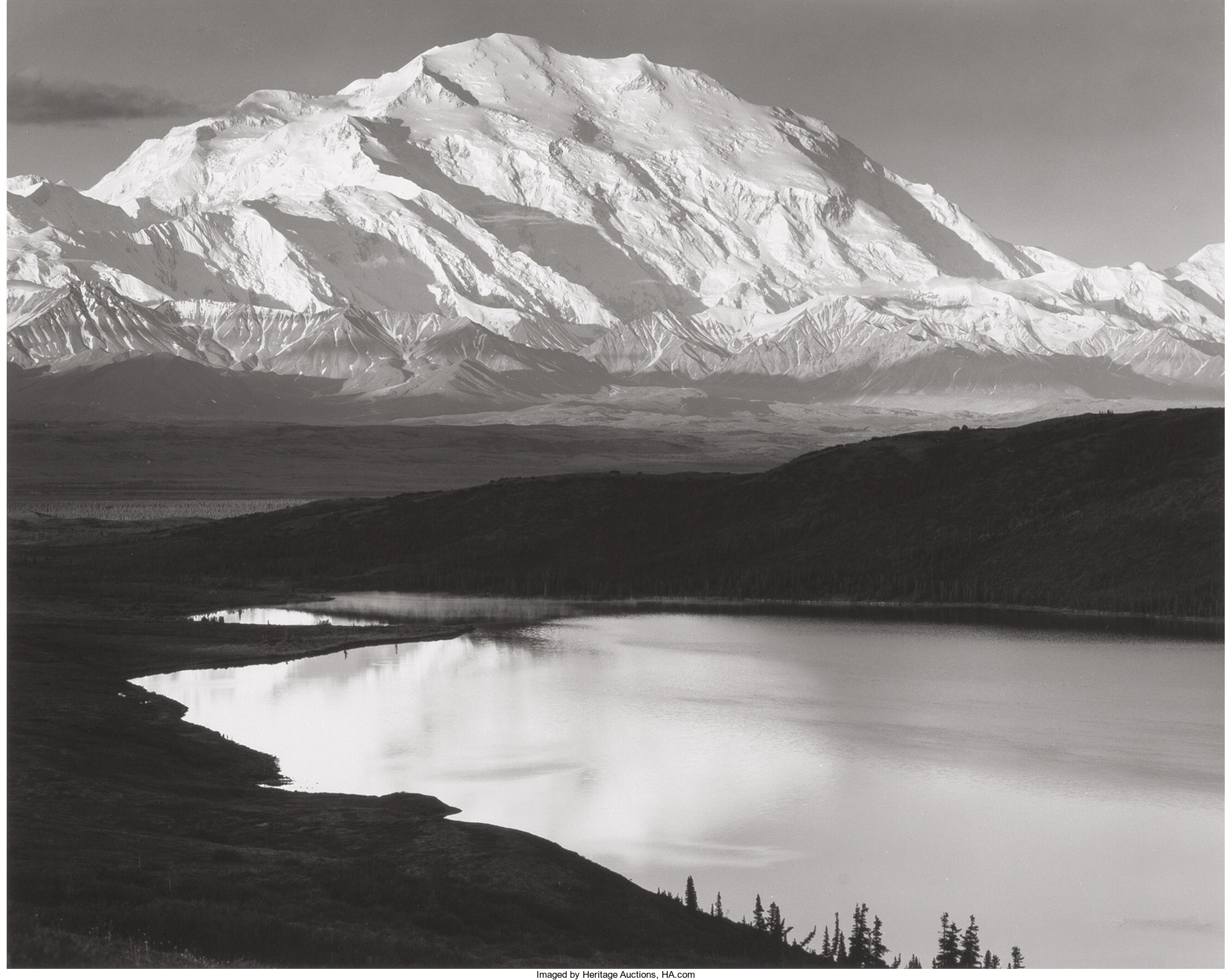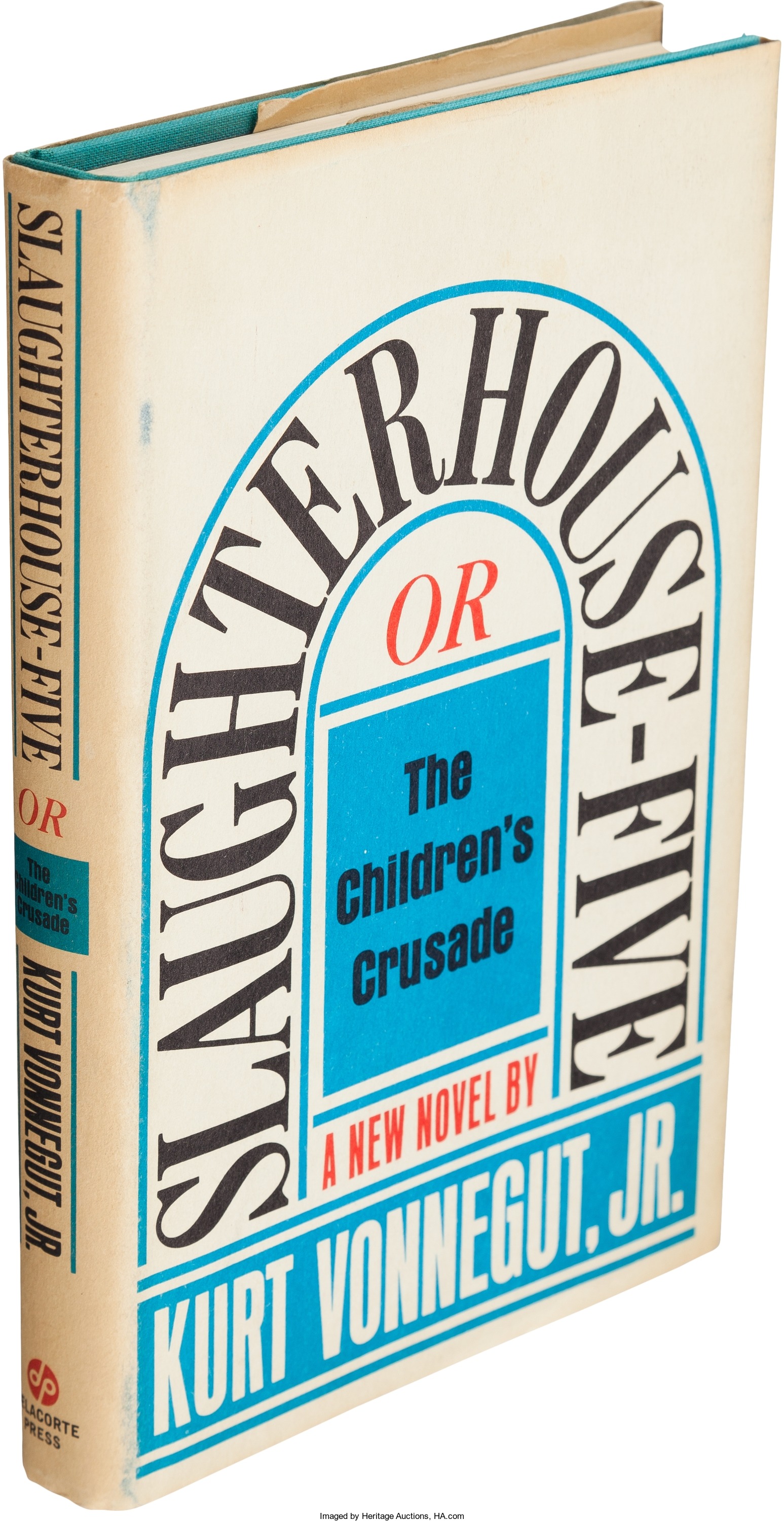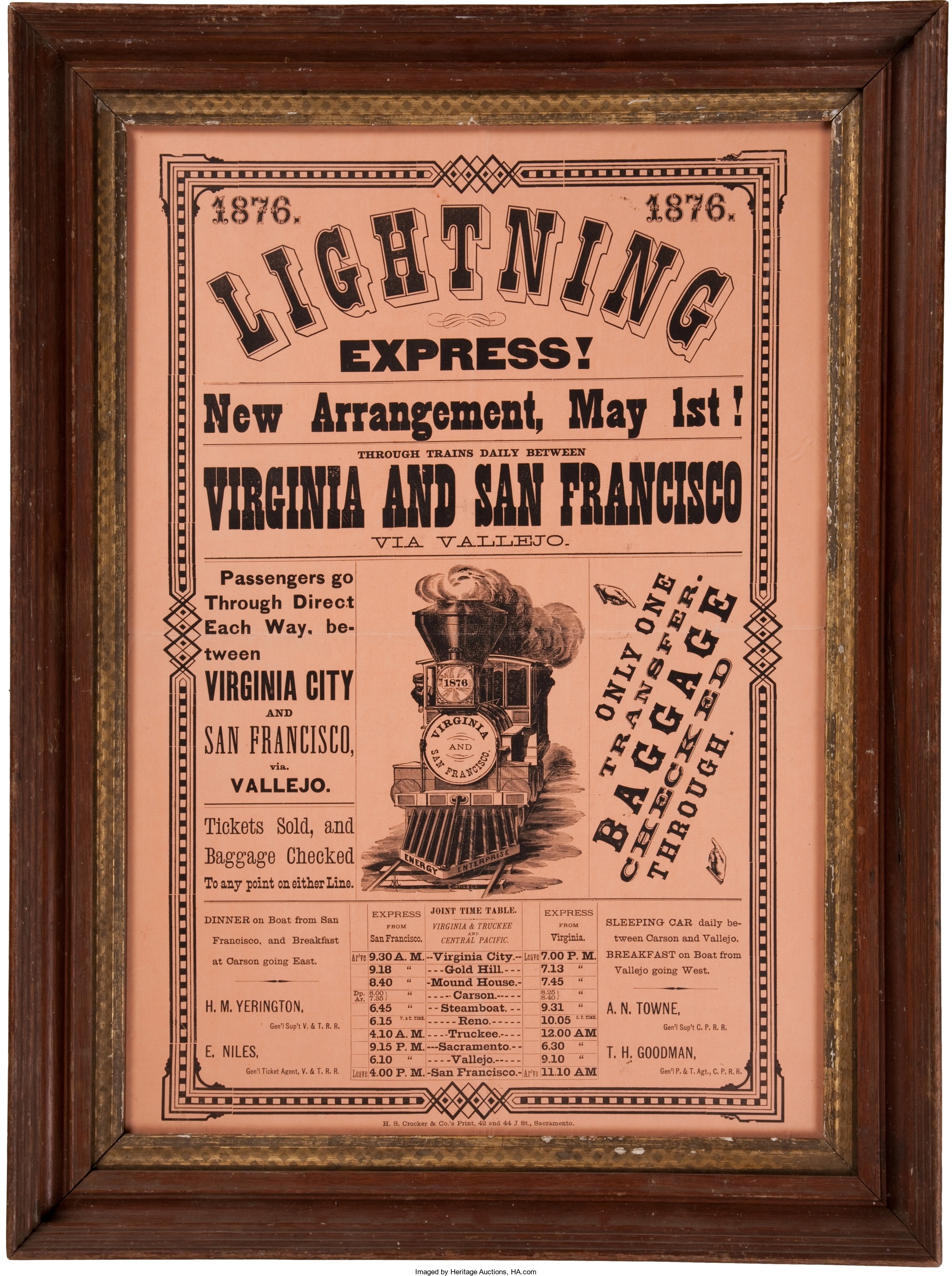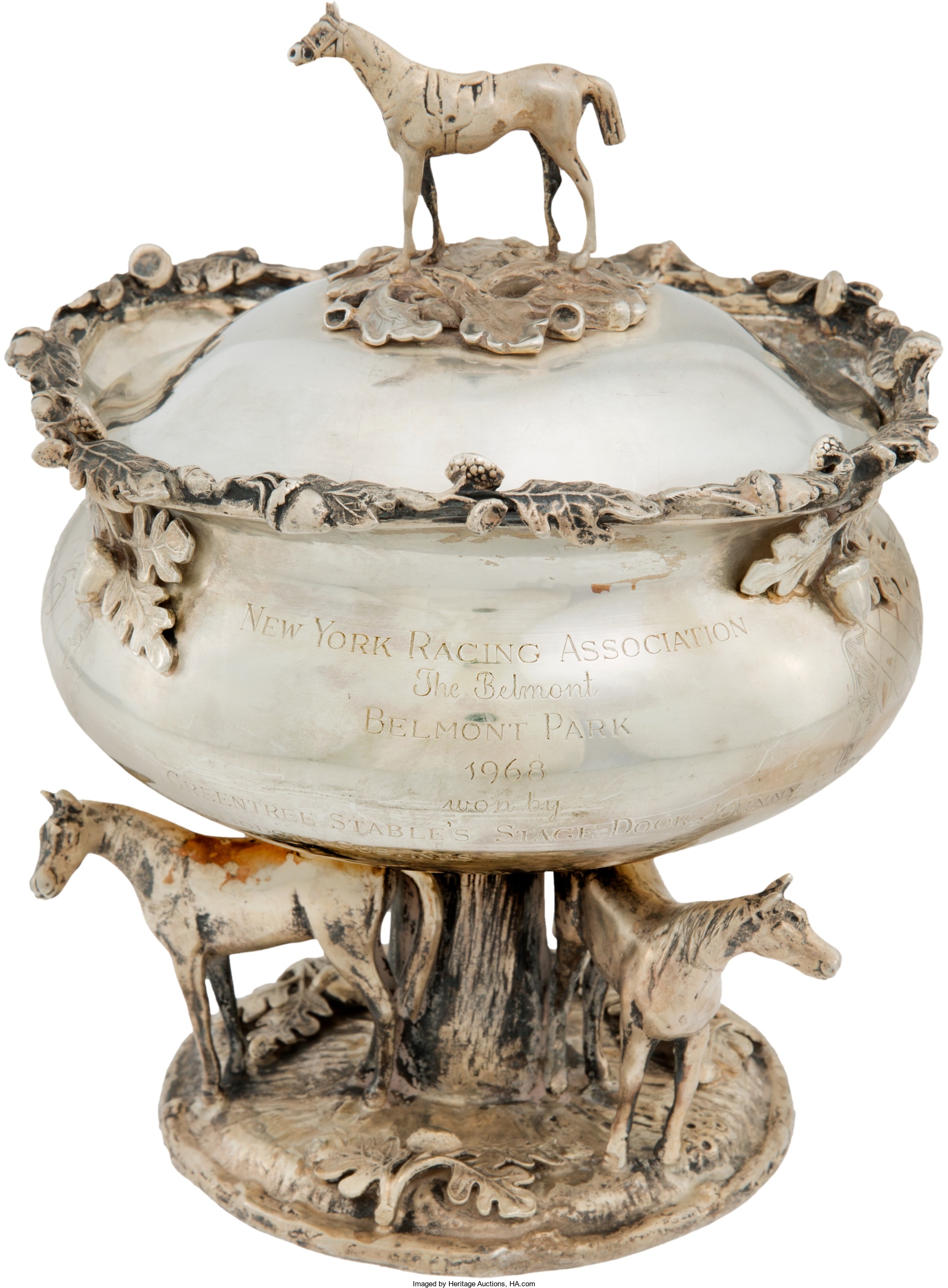
By Jim O’Neal
Today is a special date.
On the night of July 20, 1969, thousands of people descended upon Central Park in New York and other public venues to bear witness to the greatest technological achievement in the history of mankind. At the long stretch of green known as Sheep Meadow stood three 9-by-12-foot television screens. At precisely 10:56 p.m. EDT, the fuzzy image of a man in a space suit moved down a ladder until the moment his boot struck the fine-grained surface of the moon.
Apollo XI was the amazing coda of the amazing ’60s. The story of the astronauts – Alan Shepard’s simple arc, the dramatic orbit of John Glenn, the tragedy that killed Gus Grissom, Ed White and Roger Chaffee – had run parallel with the decade’s other dramas. But the long series of space shots had become routine and many had begun to question the priority of space discovery in a time of so much domestic strife.
Apollo XI changed all that … for a short time.
Newspaper publishers ordered up their “Second Coming” type, as Time magazine described it. This was no mere piece of news; this was history, big enough to challenge some of the best stories in the Bible.
The plan to go to the moon had been hatched in a conference room of the Cold War, after Sputnik embarrassed American science in 1957, and moved into high gear when John F. Kennedy audaciously promised a moon landing in 1961.
Among those at the crowded Apollo XI launch site was the heroic 1920s pilot Charles Lindbergh, now 67, who later wrote to crew member Michael Collins (the one who didn’t walk on the moon): “I believe you will find that it lets you think and sense with greater clarity.”
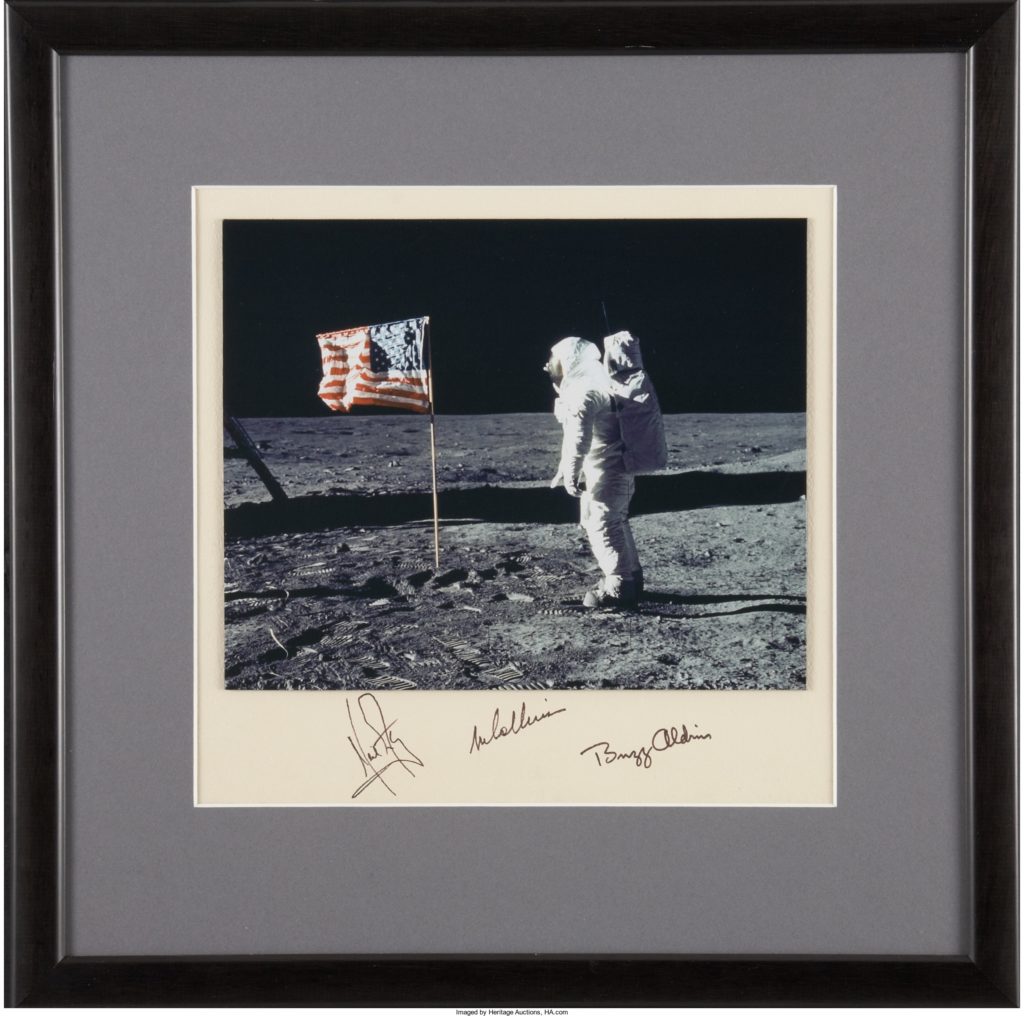
It had only been 41 years since Lindy had conquered the Atlantic Ocean solo, and now mankind had conquered space. But the space program, like other artifacts of the ’60s, gradually evaporated, because no matter where you stood, the ’60s were messy and hard to understand clearly.
Yet from out there, in the dark eternity of the universe, our little home projected a picture of harmony, an essentially beautiful orb, and so utterly still.
Personally, just seeing Earth from space, so tranquil, helps me keep perspective on what is truly important. I do hope we keep reaching for the stars. Eternity is a long time.
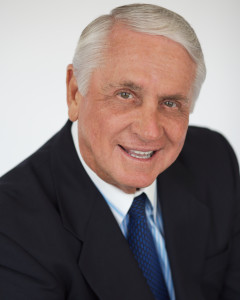 Intelligent Collector blogger JIM O’NEAL is an avid collector and history buff. He is President and CEO of Frito-Lay International [retired] and earlier served as Chairman and CEO of PepsiCo Restaurants International [KFC Pizza Hut and Taco Bell].
Intelligent Collector blogger JIM O’NEAL is an avid collector and history buff. He is President and CEO of Frito-Lay International [retired] and earlier served as Chairman and CEO of PepsiCo Restaurants International [KFC Pizza Hut and Taco Bell].

